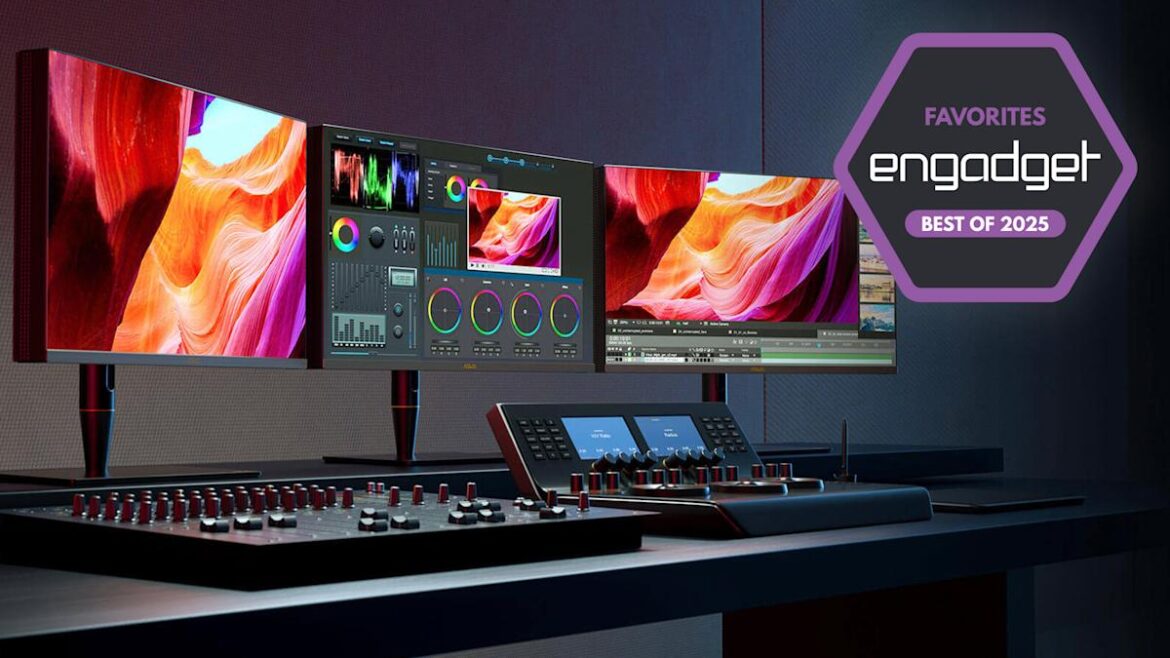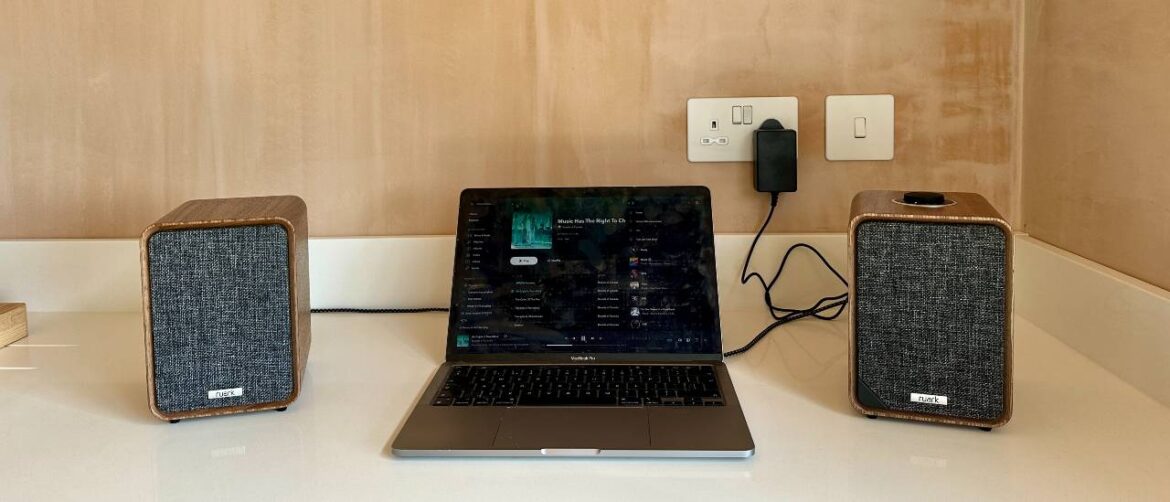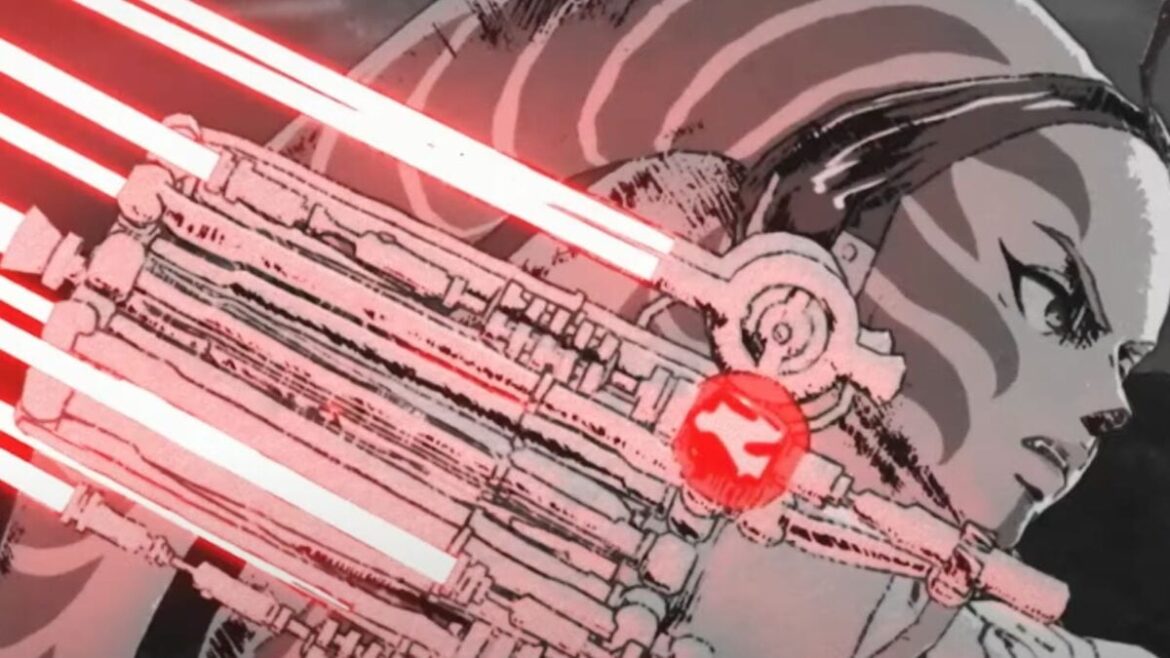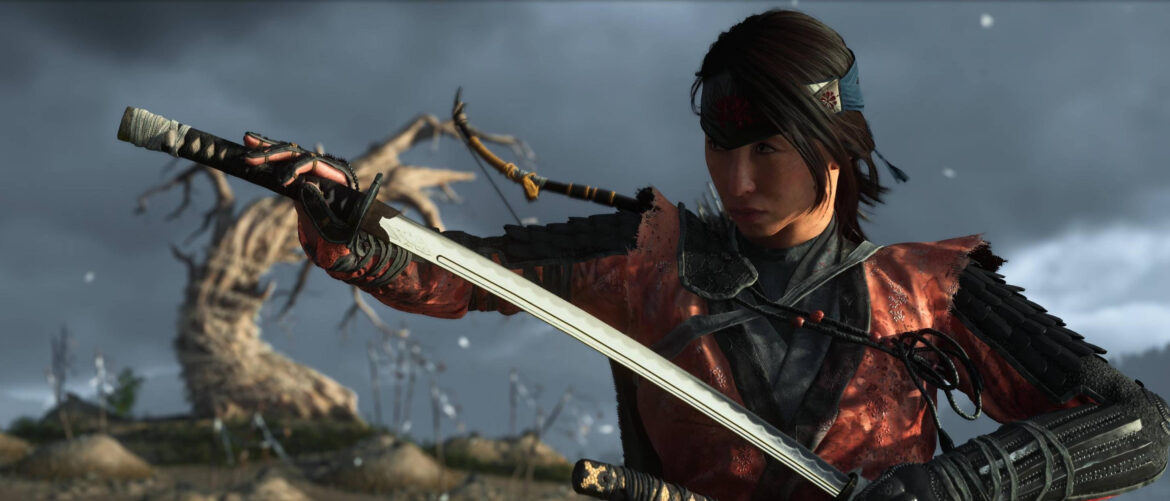The Stats don’t lie: after age 65, most people will struggle to focus visually on close-up objects. You might have seen this among your friends and relatives or even experienced it yourself, holding books, magazines, or your phone farther away from your face to try to bring words and pictures into focus. Many of those affected start using reading glasses. But a new treatment could become available: eye drops.
This deterioration of vision is called presbyopia. It is not a disease but a natural, physiological change caused by aging—specifically by the loss of elasticity and flexibility of the crystalline lens at the front of the eye, which impairs the ability of the eye to change the curvature of the lens to bring objects into focus. This stiffening begins in middle age and tends to stabilize around age 65. For people with shortsightedness, or myopia, who struggle to see faraway objects clearly, the onset of presbyopia may at first lead to improved vision by compensating for their existing condition. For those with farsightedness, or hyperopia, the effects of presbyopia often present earlier than in the rest of the population.
Living with presbyopia can cause fatigue and headaches, and in rare cases double vision, but generally it isn’t something to be worried about. But correcting it can make daily activities easier and help maintain good quality of life. The classic means of correction are reading glasses, though in some cases people opt for eye surgery—either laser refractive surgery to reshape the cornea to compensate for the loss of flexibility of the lens or intraocular surgery to replace the lens with an artificial one. The latter is often proposed when there is also some clouding in the lens (a cataract).
But recently, researchers have been working on eye drops that, in different ways depending on the active ingredient used, improve near focus. Two types have been approved by the US Food and Drug Administration: one based on a substance called aceclidine, the other on pilocarpine.
Pilocarpine is the star molecule, with multiple trials of new formulations underway. It is a natural alkaloid that interacts with parts of the nervous system, which has the effect, in the eye, of inducing miosis—the narrowing of the pupil diameter—and contraction of the ciliary muscle, the ring of muscle that controls the shape of the lens. The two effects combined improve the elasticity of the lens and the ability to focus on nearby objects.
A recent trial conducted in Argentina has tested a pilocarpine eye drop at different concentrations (1 percent, 2 percent, 3 percent) in combination diclofenac, a nonsteroidal anti-inflammatory that soothes the adverse effects of pilocarpine such as irritation and discomfort. (The FDA-approved pilocarpine eye drops are concentrated at 1.25 percent.)
In a two-year retrospective study of 766 people, average age 55 years, the researchers found that the eye drops enabled the majority of patients to improve their vision. “Our most significant result showed rapid and sustained improvements in near vision for all three concentrations,” said lead researcher Giovanna Benozzi when presenting the research at the 43rd Congress of the European Society of Cataract and Refractive Surgeons.










